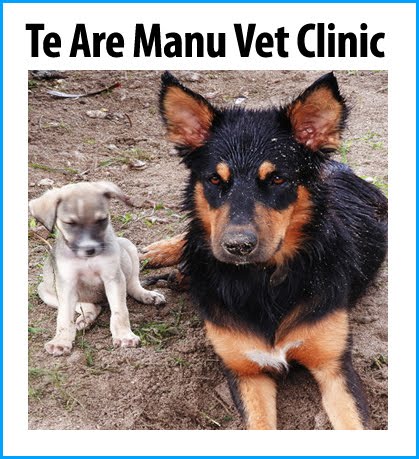Manihiki was once known as Humphrey Island and is also called, informally, the island of black pearls.
The northern group coral atoll has over forty motu (islets) surrounding a deep lagoon about nine kilometres wide. The two main motu are Tukao, where the airport is situated, and Tauhunu where we stayed for two nights.
To get from the airport to Tauhunu we climbed aboard an aluminium dinghy - the main method of transport in the northern atolls.
Some of the group stopped at the two over-water bungalows of Manihiki Lagoon Villas. Phil and I carried on to Numahanga Homestead, further into Tauhunu village.
Numahanga Homestead
The homestead was built by Tekake William, the father of black pearl farming in Manihiki. It’s certainly built to house a lot of people.
There’s a huge kitchen/dining/living/sleeping room. As well as a double bed, two large sofas could also be used for sleeping and on the wide covered verandas that surround the house are several more beds.
The bathroom and shower are accessible from the veranda.
Fabulous food
And what meals they were.
BBQ tuna and other fish, sashimi, salads, rice, taro, coconut crab, uto pancakes with fresh nu to drink.
For breakfast we were treated to pawpaw with lime juice, eggs, sometimes fried, sometimes scrambled, bacon, pancakes with maple syrup, and toast.
Far too much for just the two of us so I hope the leftovers were recycled!
Manihiki pearl farming
The Cook Islands pearl industry developed quickly in the 1980s. Prices and global demand were high and the buyers were buying everything the 200 or so Manihiki farmers produced - about $18m annually in 2000.
But as more and more oysters were crammed into a small lagoon with limited food and oxygen, a bacterial disease broke out and devastated the industry.
Many farmers gave up altogether and the number of oysters in the lagoon plummeted, back to a level which nature could support.
There are now around 25 pearl farmers who sell most of their pearls locally although since our borders closed because of covid-19 there are no tourists to buy them.
In the late 1990s the population was about 600 but following cyclone Martin in 1997 and the collapse of the pearl industry it has dropped to about 200.
A day on a kaoa
The oysters
The boys dived to collect a basket of oyster shells and then hacked off the marine growth on the shells, a messy job.
This rubbish can’t be dumped back into the lagoon, it must be taken to land on one of the many uninhabited motu.
First the shells are prised slightly apart and a technician peers inside to see if there’s a pearl nestling in a sac. If so there follows a delicate probing and cutting to release the pearl. If not, the oyster will be eaten!
Our group had the chance to probe and they found several keshis (mal-formed pearls) and a couple of beauties.
More fabulous food
The BBQ is a wishing-well-shaped structure with a pit for stones to be heated with driftwood and old, dead trees. BTW the stones are imported from Rarotonga because the local coral boulders just split when heated.
Tuna slices, clams, crayfish, coconut crab and other fish didn’t take long to cook on the BBQ plate. The crew also ferried over rice, bananas, taro and a special Manihikian version of poke. Cold pawpaw juice to wash it all down.
Looking for crabs
We enjoyed a very pleasant nature walk although jandals aren’t the best footwear for scrambling over fallen palm trees, kikau fronds, coconuts and scrubby bushes.
A fully grown coconut crab is a very impressive creature. The ones we saw were brown and blue. They can climb coconut palms but usually live in holes at the base of the trees, although one we were shown lives in a shallow cave in a rock wall.
They can live to about 50 years - much older than the boys who found them for us. The locals know where to find them but only catch them when needed.
We left the crabs to return to their holes and sailed back to Tauhunu.
Tukao
Outside the centre is a memorial to the nineteen people lost when cyclone Martin struck on 1 November 1997. Ten bodies were never recovered.
After Martin the New Zealand government built several cyclone shelters but they are now mostly dilapidated. They clearly haven’t been used for many years, not really surprising since the population has decreased from over 600 to 200 in the past 20 years.
We walked from the village to the airport along a path by the side of the runway.
The Citation was waiting for us so we said farewell and thank-you to the people who’d looked after us and were soon on our way to Penrhyn, the final atoll on our discovery tour.





